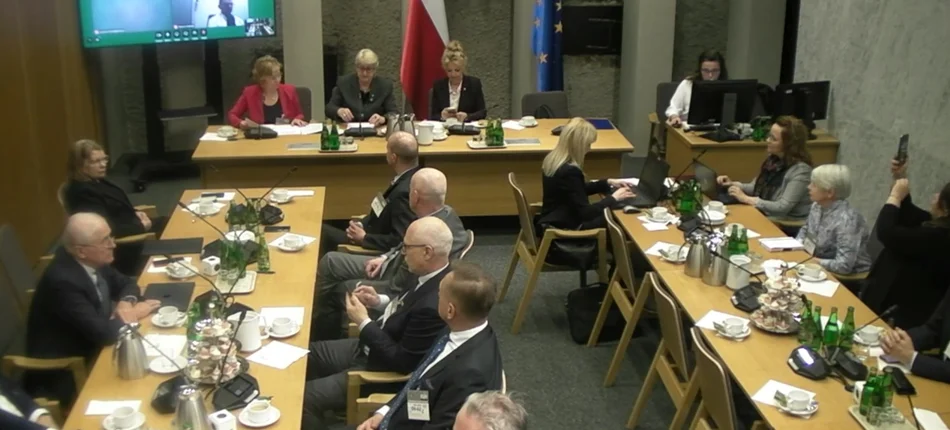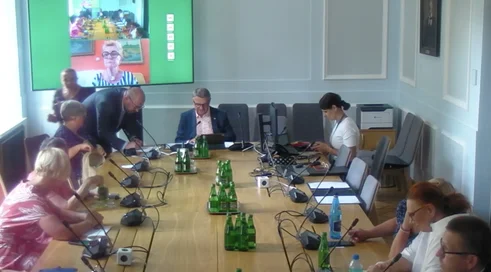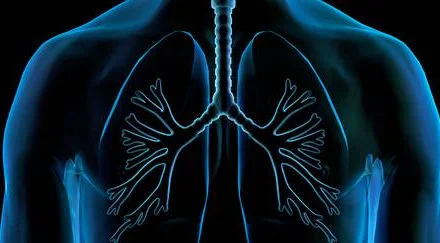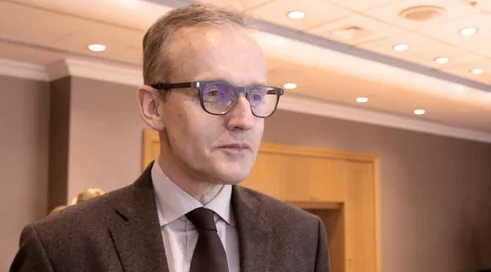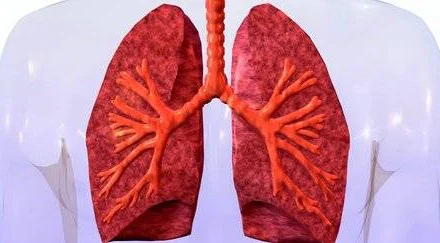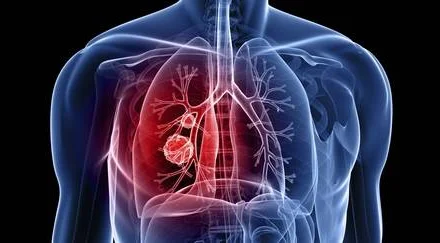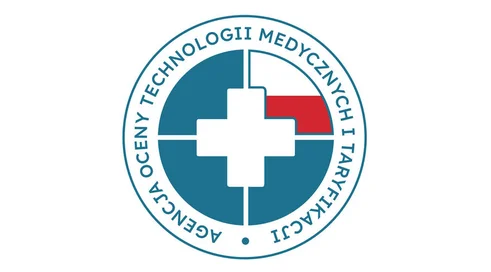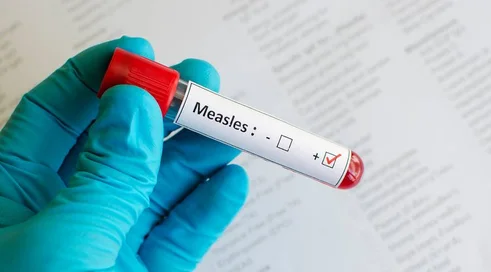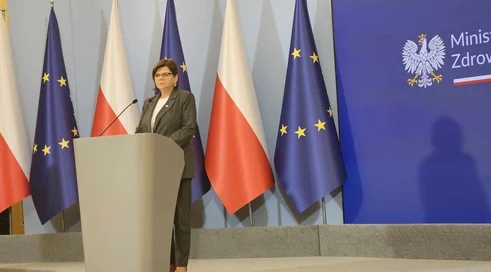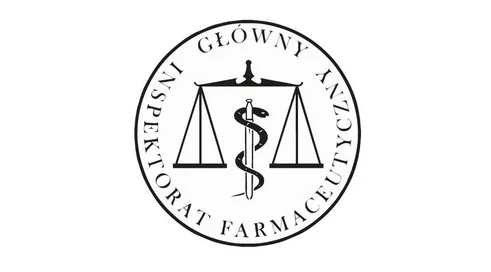Up to 23,000 people die of lung cancer in Poland each year. This is more than for colon, breast and prostate cancer combined. It is one of the worst prognostic cancers. Five-year survival is achieved in only 14.4 percent of patients. Moreover, in the European system, Poland ranks fourth in terms of incidence and second in terms of mortality from the disease. This is because the disease is most often diagnosed too late. Cancer diagnosed at the fourth stage in almost all cases ends in the death of the patient. First stage cancers manage to be cured in 92 percent of cases.
- It's not that our community is taking no action. Together with pulmonologists and thoracic surgeons, we propose numerous solutions. Unfortunately, they mostly remain on paper. These are, in theory, some of the best European solutions. The ...
Content locked
To gain access to the complete English section of the Medexpress.pl, kindly reach out to us at [email protected].





